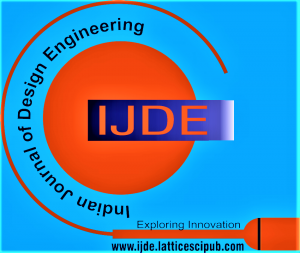![]()
Application of Permanent Magnet Synchronous Motor for Electric Vehicle
Pravin Sankhwar
Pravin Sankhwar, Independent Scholar, Department of Electrical Engineering, Maryland, USA.
Manuscript received on 02 August 2024 | Revised Manuscript received on 13 August 2024 | Manuscript Accepted on 15 August 2024 | Manuscript published on 30 August 2024 | PP: 1-6 | Volume-4 Issue-2, August 2024 | Retrieval Number: 100.1/ijde.A802805010225 | DOI: 10.54105/ijde.A8028.04020824
Open Access | Editorial and Publishing Policies | Cite | Zenodo | OJS | Indexing and Abstracting
© The Authors. Published by Lattice Science Publication (LSP). This is an open access article under the CC-BY-NC-ND license (http://creativecommons.org/licenses/by-nc-nd/4.0/)
Abstract: The automobile industry is transforming into electrically driven vehicles. Electrical machines have evolved significantly during the past many years with direct current, induction, and synchronous motors of varying designs. In the electric vehicle (EV) automobile industry, some of the motors—induction motors (IM), permanent magnet synchronous motors (PMSM), brushless direct current motors (BLDCM), switched reluctance motors (SRM), and direct current (DC) series, shunt, and compound motors—have proven success. The advantages of PMSM have led to widespread adoption by manufacturers for commercially available electric vehicles. For EV motors, a widely frequency control method is deployed using a PWM input AC supply to the motor. However, controlling poles in conjunction with frequency controls has a potential in EV applications when additional torque is required at low speeds. The need to further improve the power densities of PMSM by utilizing lighter-weight materials and rotor and stator materials with higher magnetic saturation flux densities become a preferable choice for manufacturers when they try to optimize the costs of EVs. Additionally, the thermal efficiencies of motors continue to improve over time, and best practices in thermal management with air and liquid cooling become a significant factor in curbing energy consumption.
Keywords: Electric Motor, Energy Density, Lithium-Ion Battery, Permanent Magnet Synchronous Motor
Scope of the Article: Design Optimisation
